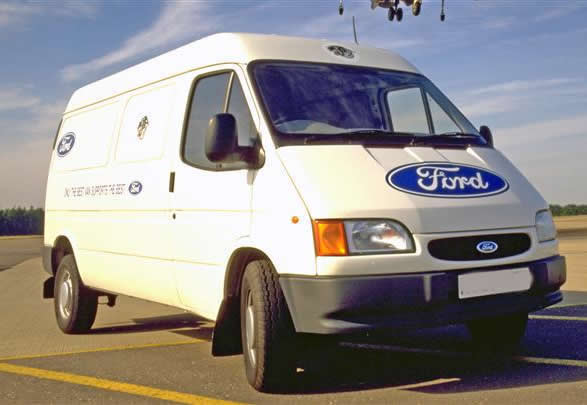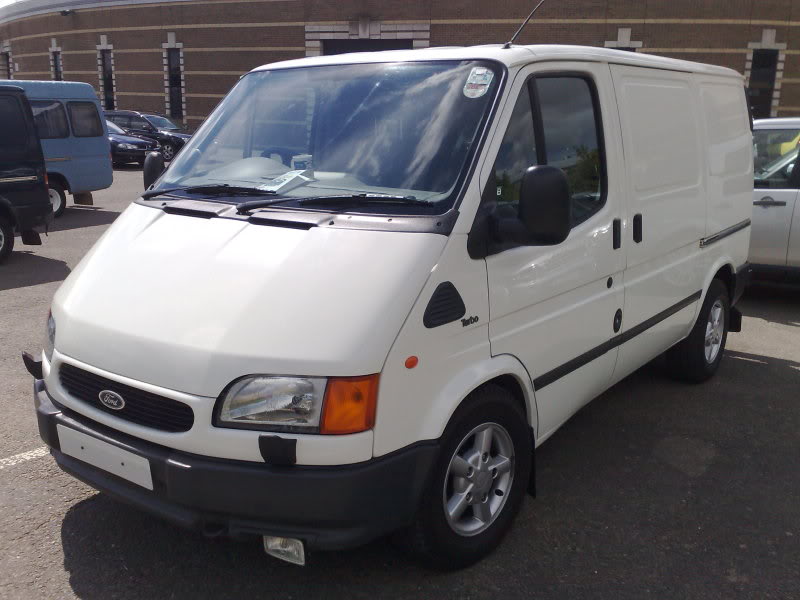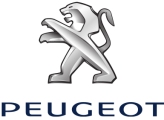Ford Transit - still fab at 50!

Here at Van Champ we recognise the starring role the Transit van has played in the lives of Britain's workforce during the past 50 years, being a reliable servant for the nation's plumbers, electricians and builders and we give it a big thumbs up!
In 2015 Ford celebrated 50 years since the first Transit van rolled off the production line at a former Hurricane fighter factory in Berkshire. Back then it cost an affordable £560, but at least one industry observer thought that the future of the self proclaimed “backbone of Britain” would never catch on. How wrong they were!
The first motoring journalist to test drive it felt it was far too wide for the narrow driveways of the Britain’s homeowners and plumbers, postmen, electricians and builders would not be drawn to it. Five decades later and now into it's eighth generation it is still going strong reporting for duty each morning on the nation's roads.
The Ford Transit is a British icon. It has been market leader in Britain every year since its launch, touching almost every British adult’s life in some way – through the community, work or play. The van is synonymous with the phrase “white van man” and has attracted something of a cult following.
“The wonder of the Transit van was that it wasn’t just a van, but a way for the working man to earn his crust and keep a roof over his head,” said Peter Lee, the founder of the Transit Van Club and owner of 13 Ford vans, including just one of three 1965 Mk 1 vans in existence. “People love it because it made fortunes and built businesses, and over the past 50 years it has transformed from a fairly basic van to an office on wheels that’s as comfortable as most cars. I don’t drive anything else.”
First Generation - Transit MK1 (1965 - 1978)
When it was launched in 1965 to replace the European Taunus and British Thames van, it created a new category of MCV and ever since then has been the best-selling brand in the category by a significant margin. Space was one of the main advantages of Transit, offering more room than its competitors and buyers had a wide choice of body types including pick-ups, minibuses, panel vans, crew-cab versions, with the choice of diesel or petrol engines. It was the first van big enough to carry an 8ft by 4ft sheet of plywood and became an instant favourite with trademen.The Transit was to become a hit with more than just builders and couriers; In the mid 1970s the London Metropolitan Police proclaimed Transit was vehicle of choice for bank robbers with over 95% of bank robberies featuring the workhorse. Sales soared and by the end of the decade it has captured 40% of the light commercial market.

Second Generation - Transit MK2 (1978 - 1986)
1978 saw the new Mk2 Transit introduced with the inline Pinto engine from the Ford Cortina replacing the old V4. The styling was enhanced including to reflect the changing tastes of the time. The vehicle came with the widest choices of any commercial vehicle range in terms of engines and body styles.

Third Generation - Transit MK3 (1986 - 1991)
1986 saw a major redesign with the windscreen distinctively slanted to match the angle of the bonnet and a simple box like design. The new body shape was designed for improved aerodynamics, better refinement and some street credibility. Quality of ride and handling was improved by having an independent front suspension system on short wheel base models and load space was beefed up. The engines though remained largely unchanged.

Fourth Generation - Transit MK4 (1991 - 1994)
A minor facelift in 1991 was followed by a major overhaul in 1994 which introduced features like electric windows and airbags.

Fifth Generation - Transit MK5 (1994 - 2003)
The fifth generation introduced more comfort with added options such as air-conditioning, central locking, airbags, electric windows and electric mirrors to match up with drivers ever growing expectations. With its spaciousness, ease of drive and comfort combined, Transit was not just seen as a commercial vehicle, but as a handy and practical van for private use.

Sixth Generation - Transit MK6 (2000 - 2006)
The MK6 was available as front or rear wheel drive which enabled buyers to have the choice between a lower loading height and more space, or improved towing and load carrying capabilities. Styling was upgraded mirroring that which featured on the company's cars of that era, such as the Ford Focus.
2005 marked 40 years of the Transit and to celebrate the 40 year milestone, Ford created three special edition Transits and two special edition Transit Connects.
BBC Top Gear paid tribute to the 40th Anniversary when Sabine Schmitz, a German racing driver and television presenter, made jaws drop when drove a Transit around the daunting 13-mile Nürburgring Nordschleife circuit in an attempt to beat a lap time of 10 minutes set by Jeremy Clarkson in a Jaguar sports saloon.

Seventh Generation - Transit MK7 (2006 – Present)
The Mk7 Transit featured a number of upgrades and improvements with the interior revamped to make it more comfortable and ergonomic. New TDCi engines were introduced, improving economy and emissions.

Eighth Generation - Transit Custom (2012 – Present)
The current Transit comes in three distinct sizes: Transit, Transit Custom and Transit Connect. The Transit Custom, a one-tonne vehicle which sits between the smaller Transit Connect and the regular Transit in Ford's van range. Still in two wheelbases and a variety of cab styles, the Custom takes its design cues from Ford's car range with an interior reminiscent of the Fiesta and Mondeo. A passenger version has also been manufactured, named the Tourneo.

Around 8 million Transit and Transit Custom vehicles have been produced and on average one Transit is purchased every 180 seconds. Ford attributes Transit's 50 years of success to its constant innovation, low cost of ownership and dependability. “From house moves to moving people, the Ford Transit is an essential tool to get the job done. It has become a mobile office or workshop for some – and loved by us all" said Mark Ovenden, chairman and managing director, Ford of Britain.
Whether it's carting a heavy load, transporting tools or ferrying aspiring rock stars from gig to gig, the Transit carries the hopes and aspirations of a whole new generation of small businesses and budding musicians for another generation.















